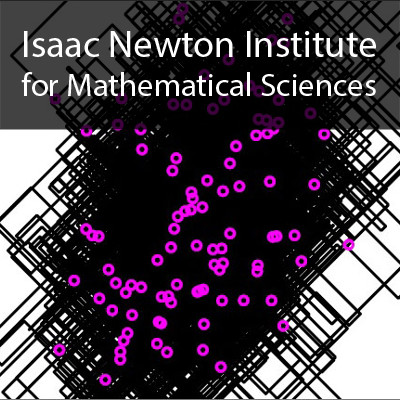Detecting radiological anomalies
44 mins 49 secs,
171.45 MB,
iPod Video
480x270,
29.97 fps,
44100 Hz,
522.32 kbits/sec
Share this media item:
Embed this media item:
Embed this media item:
About this item

| Description: |
Scott, J
Thursday 6th July 2017 - 11:00 to 11:45 |
|---|
| Created: | 2017-07-24 10:12 |
|---|---|
| Collection: | Scalable inference; statistical, algorithmic, computational aspects |
| Publisher: | Isaac Newton Institute |
| Copyright: | Scott, J |
| Language: | eng (English) |
| Distribution: |
World
|
| Explicit content: | No |
| Aspect Ratio: | 16:9 |
| Screencast: | No |
| Bumper: | UCS Default |
| Trailer: | UCS Default |
| Abstract: | Radiologically active materials are used widely in industry, medicine, and research. Yet an unsecured, lost, or stolen radiological source can present a major threat to public safety. To deal with the potential environmental and security hazards posed by such a scenario, govenment agencies use various detection procedures at ports of entry to their countries. Moreover, security agencies that try to prevent terrorist attacks are keenly interested in the problem of identifying and locating stolen or smuggled radiation samples. Even at the local level, police departments have shown increasing interest in the deployment of systems for detecting anomalous radiological sources.
Statistically speaking, the radiological anomaly-detection problem is one of detecting a change in distribution. Sequential data is collected from a sensor that measures the energies of arriving gamma rays. These observed energies are random variables drawn from an energy spectrum, which is a probability distribution over the set of possible gamma-ray energies. The question is whether those measured energies are from the normal background spectrum, and therefore harmless, or whether they are from an anomalous spectrum due to the presence of a nearby radiological source. In this talk I will describe some new statistical methods we’ve developed for deal with two major challenges in this setting: 1) characterizing the spatially varying background radiation in dense urban areas; and 2) flagging anomalous readings from spatially distributed sensor networks in a statistically rigorous way. This is joint work with Wesley Tansey, Oscar Padilla, Alex Reinhart, and Alex Athey. |
|---|---|
Available Formats
| Format | Quality | Bitrate | Size | |||
|---|---|---|---|---|---|---|
| MPEG-4 Video | 640x360 | 1.94 Mbits/sec | 652.26 MB | View | Download | |
| WebM | 640x360 | 504.81 kbits/sec | 165.77 MB | View | Download | |
| iPod Video * | 480x270 | 522.32 kbits/sec | 171.45 MB | View | Download | |
| MP3 | 44100 Hz | 249.76 kbits/sec | 82.08 MB | Listen | Download | |
| Auto | (Allows browser to choose a format it supports) | |||||

